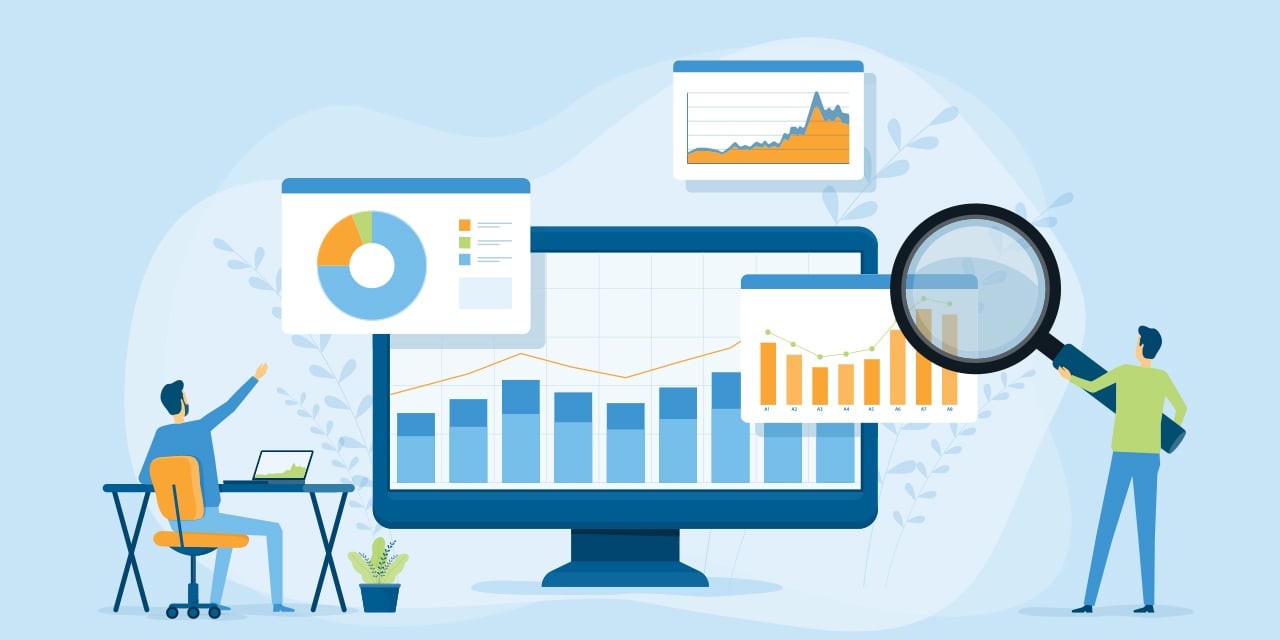
Using Liquidity in Retirement To Beat Inflation
In “Navigating the Risks of Retiring in a Bear Market,” we talked about sequence of returns risk – the risk that a down market early in retirement, as you begin to take annual distributions, could eat up too much of your nest egg too soon. While sequence of returns risk should always be top of mind for those in or considering retirement, it’s an especially pressing concern during periods of inflation, when artificially high prices on everyday goods and services could necessitate accelerating withdrawals from your retirement account.
However, an inflationary environment doesn’t mean you have to skimp on the things you enjoy – you just need to plan for it. One strategy to beating inflation in retirement is increasing your personal liquidity.
How Liquidity Helps To Tame Inflation
At its core, personal liquidity refers to how quickly and easily your assets can be converted into cash. For example, consider someone who is heavily invested in private equity funds, where investments can be largely inaccessible for years, or in real estate, where accessing funds could require selling the property and all that entails (finding a buyer, working with a lending institution, establishing closing and settlement dates, etc.). This illiquid individual might find it difficult to turn those investments into cash when needed. On the other hand, someone who is liquid might be highly invested in money market accounts, bonds or CDs – investments that can be easily converted to cash – or have ready access to cash in checking or savings accounts . Often investors need to trade off return for access: Highly liquid assets tend to (though not always) have less return potential than assets that are less liquid.
One of the challenges of retiring in a high-inflation environment is that the prices of goods you commonly use can spike rapidly, often far more than what you had budgeted for. That can result in an increase in spending that can cause you to draw down your retirement funds more quickly than anticipated. By being more liquid, you may be able to keep more of your nest egg invested, and potentially keep from having to sell at a loss in a challenging market.
|
||
Liquidity |
|
|
|
Periods of high inflation can require more cash per month than anticipated. Highly liquid assets might not give you the greatest return, but they can help keep you from drawing down your nest egg too soon.
Five Strategies To Increase Your Liquidity
Fortifying Your Cash Reserves and Emergency Fund
By increasing your allotment to cash accounts, like an emergency fund, you might be able to delay having to sell off investments from your retirement accounts when values are depressed:
- If you’re nearing retirement, that might mean allotting more of your portfolio to cash or bank accounts.
- If you’re in retirement, it might mean an investment strategy that allots more to cash in challenging environments and more to investments in boom times.
Taking Out a Personal Loan or Line of Credit
A personal loan or line of credit (such as a home equity line of credit) can increase your liquidity, but don’t expect it to come cheaply. In an effort to fight inflation, the Federal Reserve has been raising interest rates – so much so that the prime rate (the benchmark rate banks use to set interest rates on the loans they make) has more than doubled in the past year. Especially if you are retired and living on a fixed or reduced income, be wary of taking on new debt in a period of increased inflation.
Establishing a Securities-Based Line of Credit
If you have a taxable investment portfolio at Baird, you may be eligible to use a portion of those assets as collateral to establish a line of credit. A securities-based line of credit allows you to access the value of the assets held here without requiring you to liquidate those assets. Such a strategy would provide flexibility and liquidity from your portfolio while letting you maintain your current exposure to the market and avoiding the tax consequences from liquidating holdings. This strategy isn’t right for everyone, so be sure to discuss the advantages and risks with your Baird Financial Advisor.
Revisiting How You Use Credit Cards
It’s common for consumers to manage inflation, intentionally or not, by using their credit cards more. One recent survey found that from 2021 to 2022 – when inflation really started to pick up – total U.S. consumer credit card debt had increased by 15%, and revolving credit card debt (i.e., debt that is carried over from month to month) has jumped nearly 30%. Remember that credit cards are just another, likely more expensive, form of borrowing. While credit cards can provide liquidity, if mismanaged they can also jeopardize your financial plans – here are steps you can take to keep credit card debt from snowballing.
Re-Examining Your Budget
While it is always prudent to revisit your budget regularly, that’s especially true in retirement, when you may no longer have the consistent source of income you did when working. It also allows you to see the impact inflation has had on your day-to-day expenses – and potentially show you opportunities where you can free up cash and increase your financial flexibility.
When people talk about inflation, it’s often with a sense of helplessness, that the increase in prices is simply out of their hands. And it’s true, there’s not much we can do about some of the causes of inflation, be it rising interest rates, supply chain challenges or turmoil in other parts of the world. But we do have some control over how we respond to inflation, even in retirement. Your Baird Financial Advisor has the tools and understanding to help you see your entire financial picture and how strategies like liquidity can help you retire more confidently.
For more on Baird’s securities-based lending program, including benefits, terms and conditions, unique risks and potential conflicts of interest, please review the information found in “Important Information About Securities-Based Lending and Baird Enhanced Credit Access.” You can access this document by clicking the Securities-Based Lending Program link under the Additional Services section on bairdwealth.com/retailinvestor.
The information offered is provided to you for informational purposes only. Robert W. Baird & Co. Incorporated is not a legal or tax services provider and you are strongly encouraged to seek the advice of the appropriate professional advisors before taking any action. The information reflected on this page are Baird expert opinions today and are subject to change. The information provided here has not taken into consideration the investment goals or needs of any specific investor and investors should not make any investment decisions based solely on this information. Past performance is not a guarantee of future results. All investments have some level of risk, and investors have different time horizons, goals and risk tolerances, so speak to your Baird Financial Advisor before taking action.


